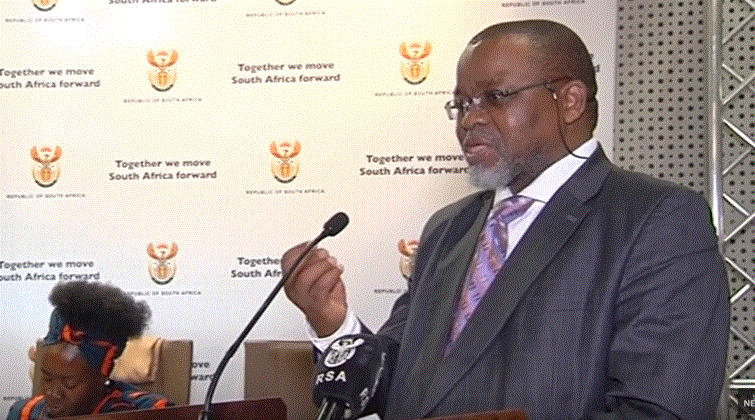Representatives of the mining industry as well as unions, business, and the health and safety sector are attending the 2018 Mine Occupational Health and Safety summit in Benoni, east of Johannesburg.
The two-day summit will address challenges and solutions facing health and safety in the mining sector, occupational diseases and cultural transformation.
The Mine Health and Safety Council (MHSC) says mining disasters are on the increase in South Africa although there has been a significant drop in fatalities.
Minister of Mineral Resources Gwede Mantashe says the industry should strive for zero harm where all mine workers return safely from work every day.
David Msiza, the council’s chairperson says the industry has lost 69 workers in 2018.
“In the last three years in the sector, the number of disasters has been increasing and so, we will have to understand what are the cause of these. In the last 24 years, we have seen a decrease in the number of fatalities and a drop in the number of injuries. In the last 13 years, we have seen a significant drop in occupational diseases that have been reported. But still we have to acknowledge that people are still losing their lives.”
Mantashe has highlighted the importance of counseling miners after disasters.
“When I came into the department, I was welcomed by disasters; one after the other. I remember one worker sending me a message saying, ‘Yes, you’re a minister, but people are dying.’ A safe place is a productive place. For a long time, the industry didn’t pay attention to the importance of counseling people who had witnessed an accident. You have an accident and you’re told tomorrow you must go back to work. At that time you’re still anxious and you will be involved in another accident itself. ”
Mantashe says the summit must make implementable decisions that will reduce the number of fatalities and incidents in the mining industry. He has also lashed out at companies that threaten retrenchments as this affects the working conditions of workers.
“We should avoid putting pressure on workers chasing production targets, because when people are put under pressure they tend to cut corners and the result of that is fatalities. The managers should know that anxiety can lead to loss of lives and lack of concentration and focus. A company that pronounced on planned retrenchments, you’re actually sowing disasters in your mine. Because people lose concentration and they get anxious and they lose focus. And when you have an accident you can’t link the two.”
The summit is hosted by the Mine Health and Safety Council and the Department of Mineral Resources. It was brought forward to October to urgently address the number of disasters in the industry. The summit will also look at various technological innovations in dealing with the issues of occupational health and safety.
In 2007, there were 219 deaths in mines. This dropped to 73 in 2016.
Mantashe says the decreases are as a result of enhanced commitments made by government and its partners. The gold mining sector has the highest number of mine fatalities.






